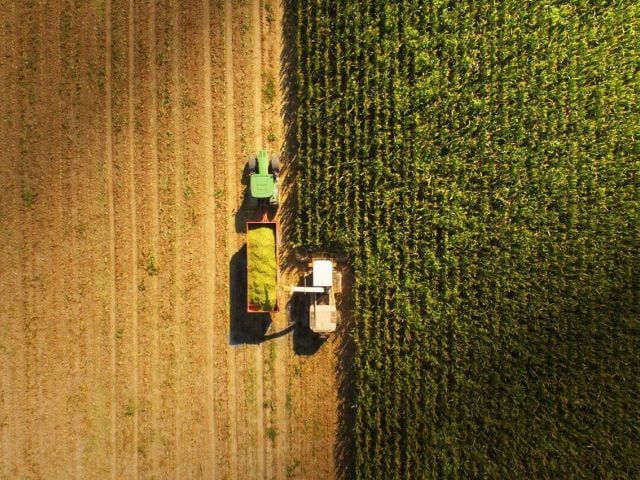DURHAM, N.C. – Almost 357 million chickens and turkeys were housed on factory farms in North Carolina in 2022 – a 43 percent increase since 2007 – a new Environmental Working Group investigation has found.
EWG used an artificial intelligence technique called machine learning to scan aerial imagery for poultry barns and estimate how many birds they house. The method improves on the accuracy of prior studies by EWG and other organizations of the state’s poultry confined animal feeding operations, or CAFOs. The report includes a map of the operations.
“This investigation fills in crucial information gaps about poultry factory farms in North Carolina,” said report co-author Sarah Graddy, EWG senior director of agriculture and climate change. “We believe our work will help others determine these operations’ effects on people and the environment, but we also know that it’s no substitute for actual state oversight.”
North Carolina doesn’t track where poultry CAFOs are located, or their size. And the state has few regulations governing how these operations are run or where the copious amounts of manure they produce end up.
EWG estimates that North Carolina’s poultry produced over 3.2 million tons of manure in 2022. The five counties with the most poultry – Duplin, Sampson, Robeson, Anson and Randolph – house over one-third of the state’s total birds.
Over the 16-year period EWG analyzed, almost all of these counties also saw a much higher average growth rate in poultry than the rest of the state.
“More than half of all new poultry appeared in just four counties out of 100,” said Al Rabine, EWG GIS analyst and the other co-author of the report. “The rapid growth of the industry there, and the resulting dense concentration of poultry operations, should raise alarm bells about residents’ health, drinking water and air quality.”
Poultry pollution risks
Poultry CAFOs emit air pollution like hydrogen sulfide, ammonia and particulate matter, which can cause serious health problems such as respiratory issues and infectious diseases in CAFO workers and people living up to 4 miles away.
EWG found that almost one-third of North Carolina’s public schools are within 4 miles of at least one poultry barn.
Poultry manure is loaded with chemicals like nitrogen, phosphorus and ammonia. It also carries dangerous pathogens like giardia, E. coli, salmonella and cryptosporidium. The manure is applied as fertilizer to nearby crops.
Manure that washes or blows off fields or factory farms can pollute waterways, harming wildlife, feeding toxic algae blooms and contaminating rivers used to supply drinking water to utilities.
It can also pollute private wells. In North Carolina, about 2.4 million people rely on such wells for their drinking water. Most are rarely, if ever, tested or treated for contamination.
EWG found that many of the state’s poultry factory farms are located in counties that also host many swine CAFOs. In fact, the three counties with the most poultry – Duplin, Sampson and Robeson – are home to 4.68 million pigs, almost half the state’s total of 9.6 million.
Living in proximity to swine facilities has been linked to increased risk of dying from cardiovascular problems, anemia, kidney disease, tuberculosis and other diseases.
Need for more oversight
“To protect the health of its residents – particularly those surrounded by factory farms – North Carolina must address the serious public health and environmental problems that poultry and other CAFOs cause,” Graddy said.
EWG urges North Carolina to implement strong regulations on poultry CAFOs and protect residents from these facilities’ many harms.
###
The Environmental Working Group is a nonprofit, non-partisan organization that empowers people to live healthier lives in a healthier environment. Through research, advocacy and unique education tools, EWG drives consumer choice and civic action. Visit www.ewg.org for more information.



